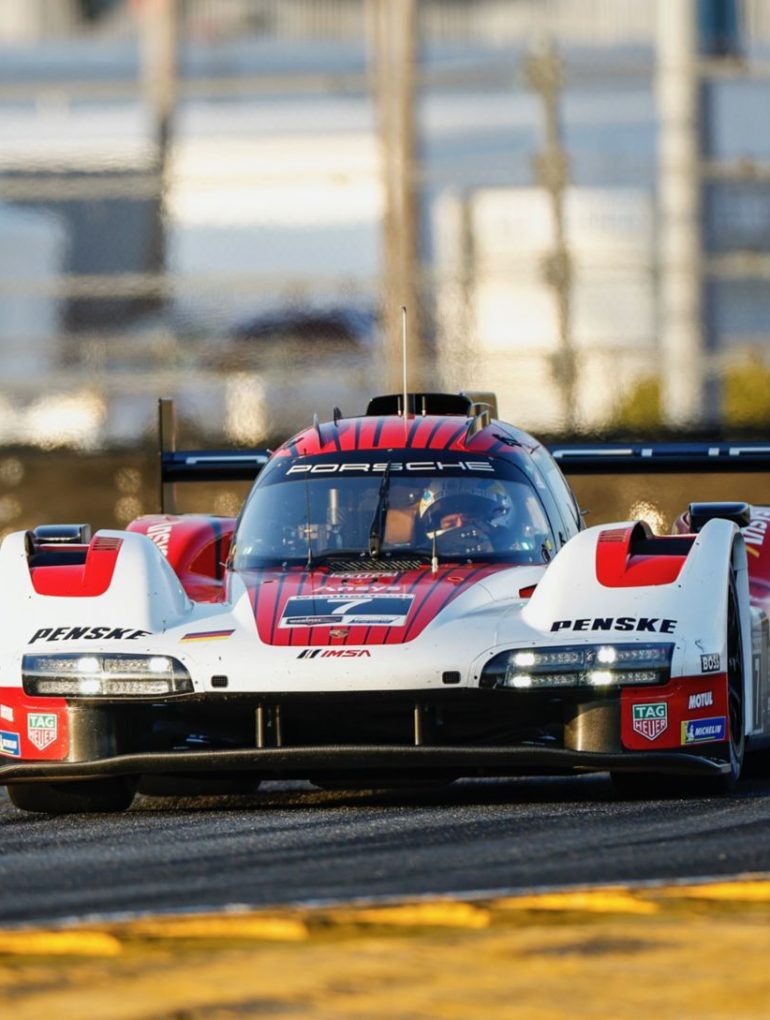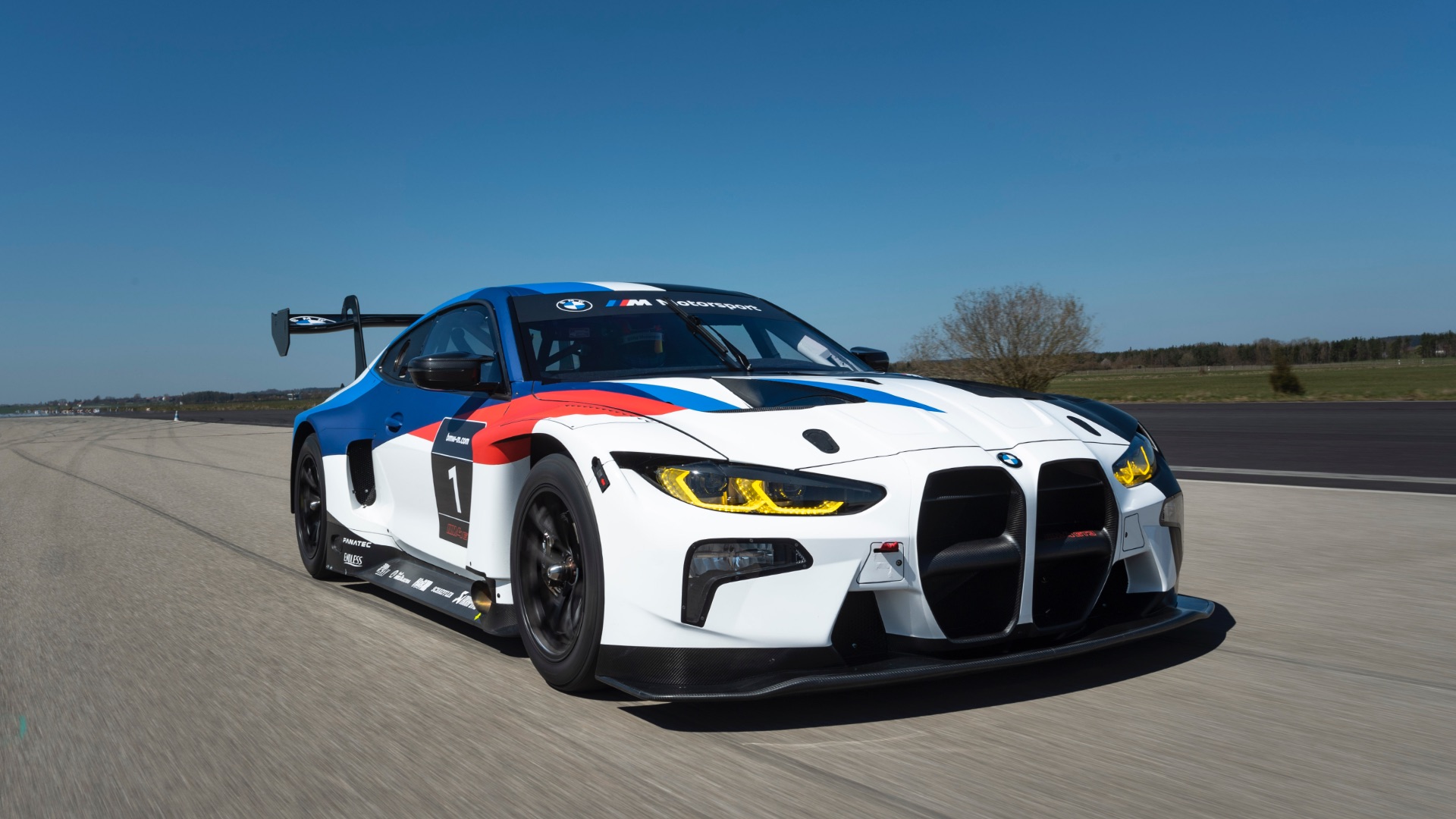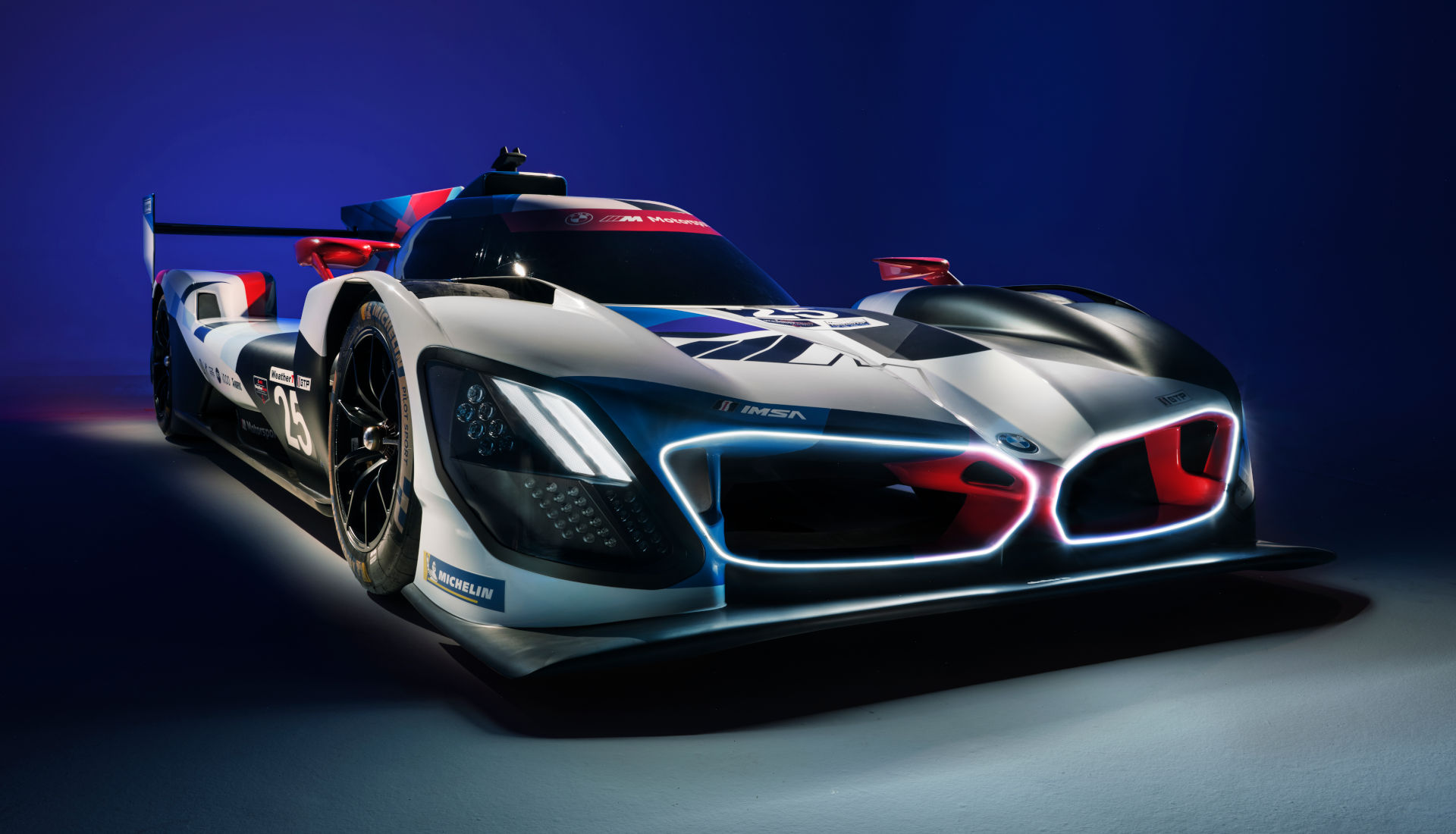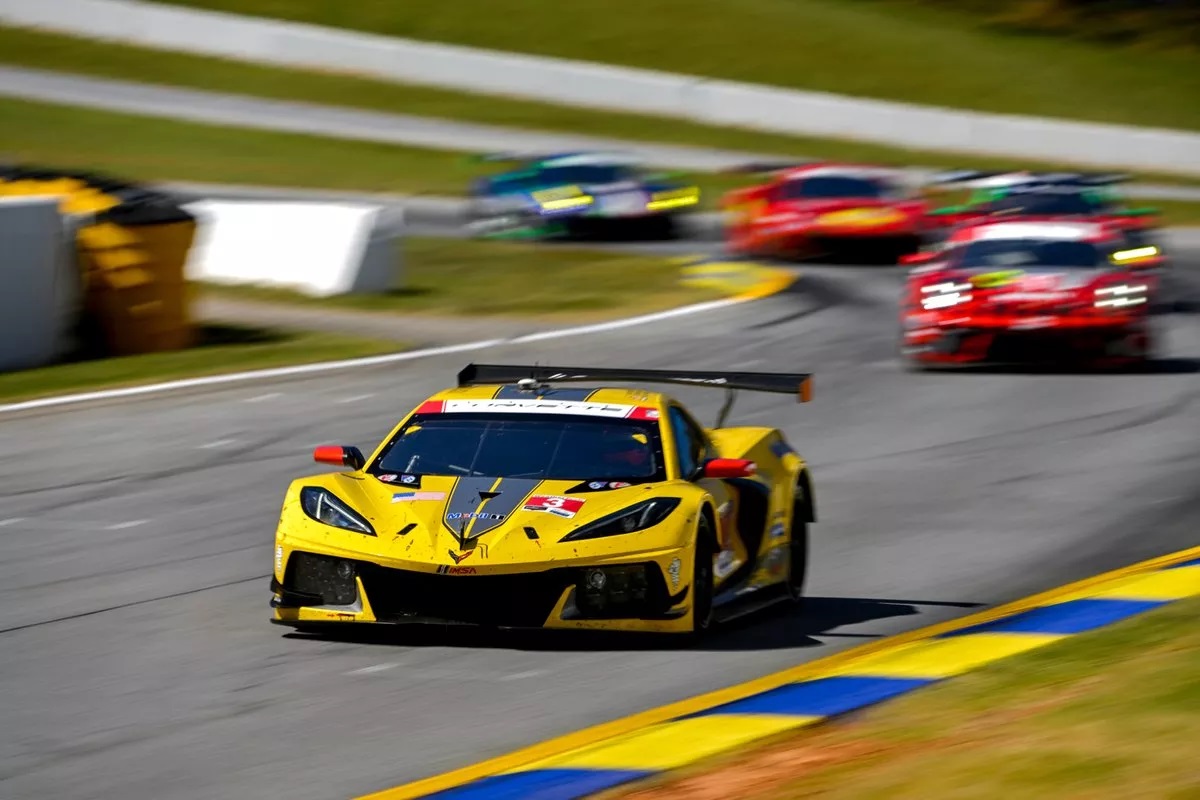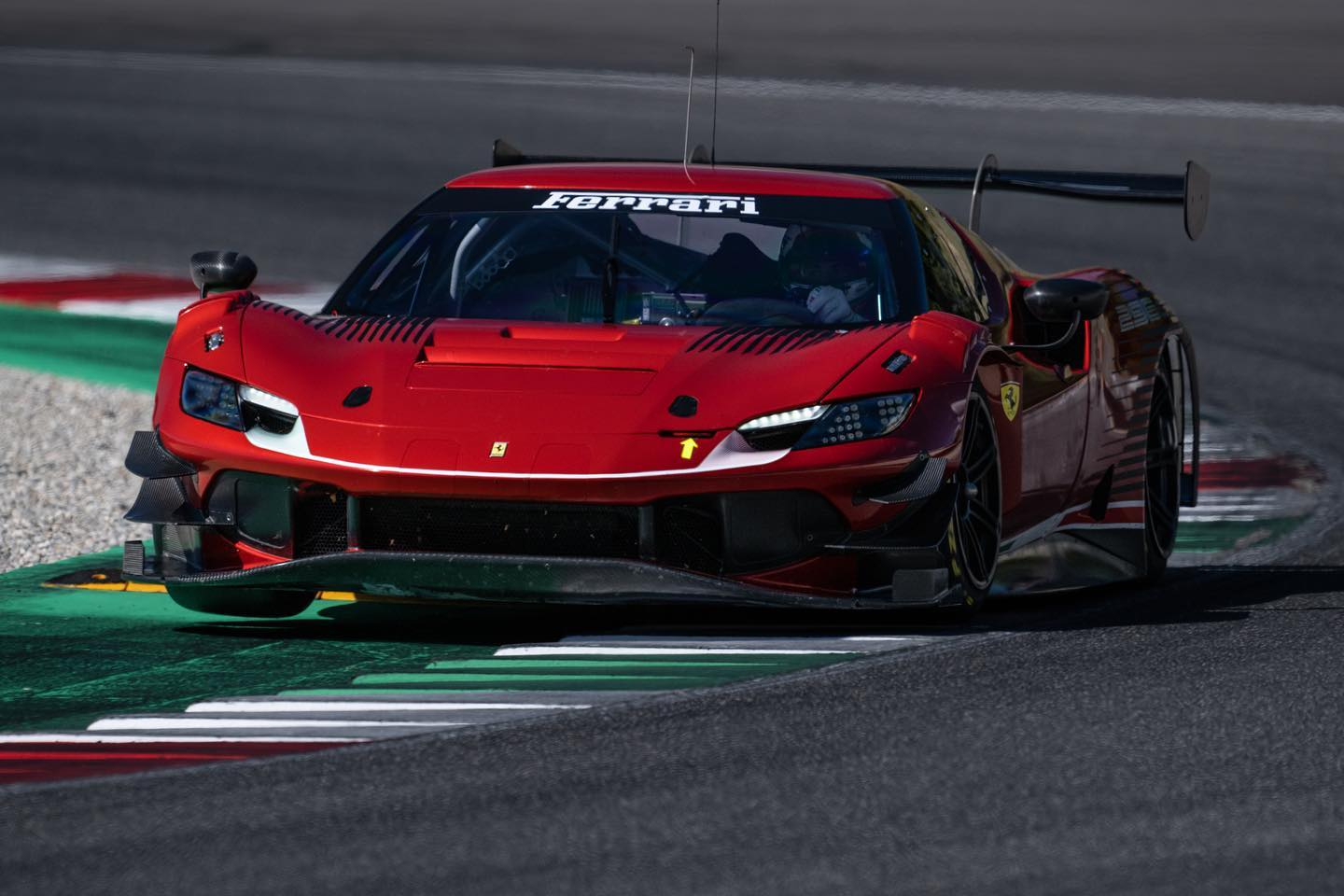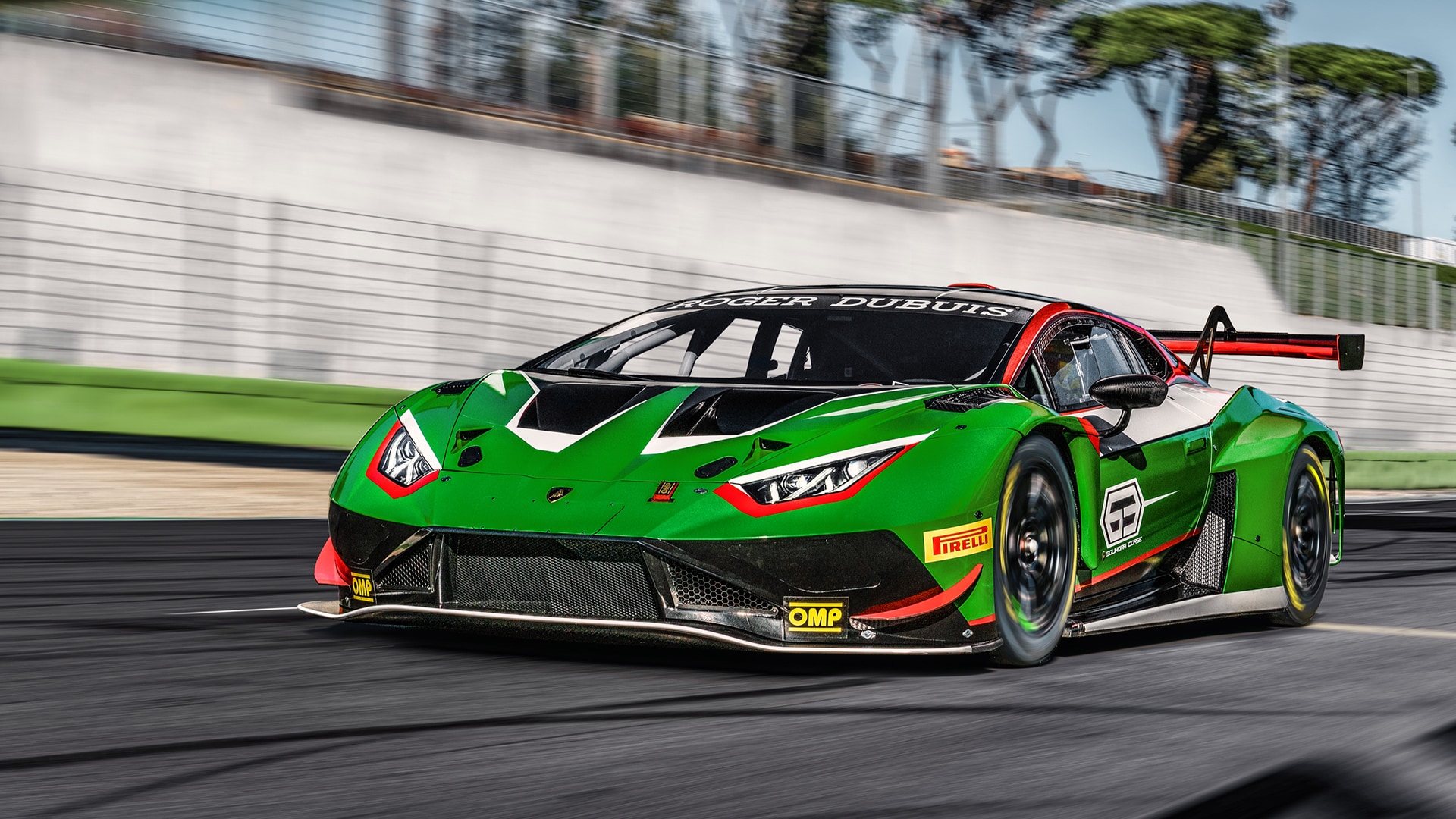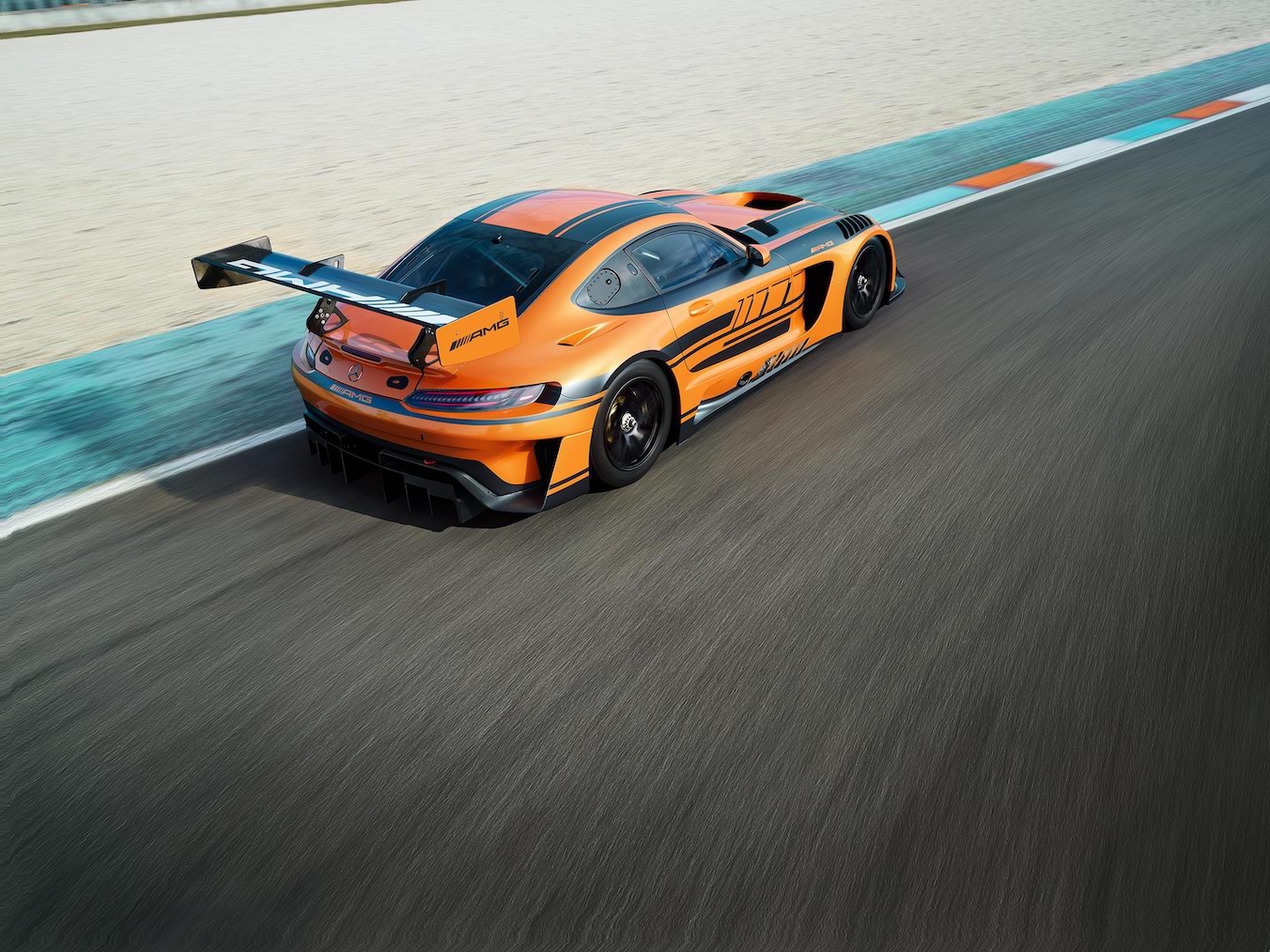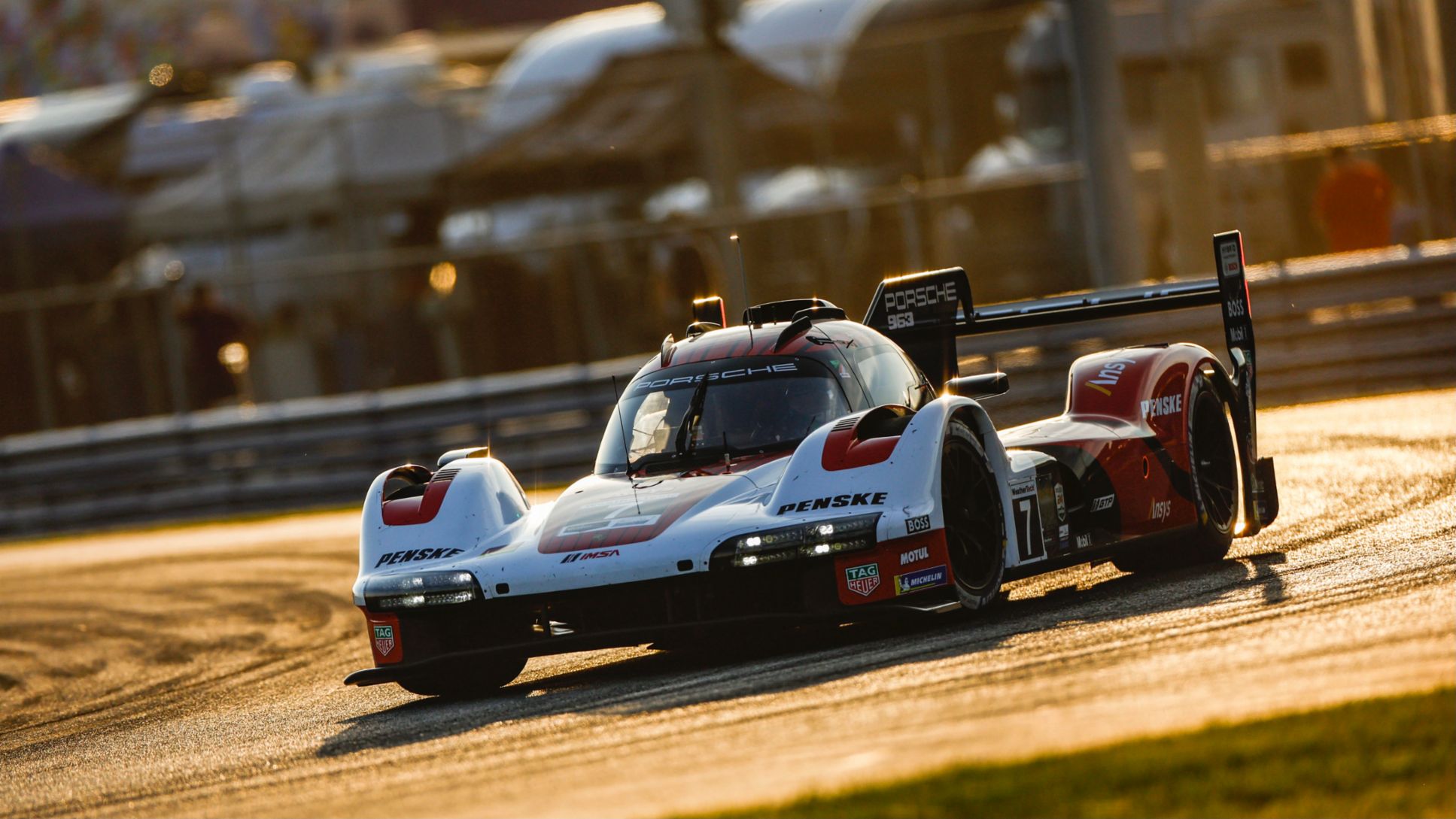It’s no secret that many supercar manufacturers will often have a racing division. Some of them started out as racing teams and spawned a road car division to fund their racing program.
It is exciting, then, when a new season of international GT and Prototype competition begins, as always, with the awesome spectacle that is the 24 Hours of Daytona. What’s even better is that with all of the regulation changes over the past two years, the FIA and IMSA have agreed upon a worldwide standard for the cars, meaning that those same drivers and teams that are racing at Daytona may very well be racing at the prestigious 24 Hours of Le Mans.
It also means that a whole range of supercar manufacturers have built an entirely new series of race cars, which is what we will be taking a look at today.
Aston Martin Racing
While it’s not the newest car on the grid, the 2022 Aston Martin Vantage GT3 was designed to race in the FIA WEC before the agreement between IMSA and the FIA to share rules and regulations, and replaced both the aging Vantage V8 GTE and Vantage V12 GT3. It is still one beast of a car, with the classic long, low British sports coupe styling married to a firebreathing 4.0L twin-turbo V8 under that long hood. You can almost always hear a Vantage GT3 coming down the straights as it sounds like a World War 2 Spitfire on steroids, spitting flames and barking loudly from its exhausts during both up and down shifts.
Power in the car has not been officially confirmed, but most teams that whisper about it in the corners of the pit lane speak to 580 or more HP. As well, because Aston Martin has been racing for so long, they are known to be quite reliable race cars, albeit if something does go wrong, it has proven to be a bit of a handful to really get at anything with all the stiffening spars and bars in the body over the engine. This will be the new Vantage GT3’s first IMSA race, however it is not its first 24 hour race, as it competed in the 2022 24 Hours of Le Mans and 24 Hours of Spa.
BMW Motorsport
GTD
For 2023, BMW Motorsport will continue to use its M4 GT3 car, which was first entered into the European-based FIA World Endurance Championship under the new rules and regulations since the start of the 2022 season. In an era of race cars that are mostly mid-engined, BMW, along with two other teams, are steadfastly keeping with the front-engine, rear-drive layout that has served them so well throughout the decades. That engine is a peach, too, a 3.0L inline-six, the only 6-cylinder engine in the entire IMSA and WEC entry lists, with two whopping great variable-vane turbos slapped to it. Power output is subtly hinted at being “up to 590 HP,” but if the grapevine is to be believed, it’s a lot closer to 600 than anything.
The M4 GT3 was also developed with the mindset of being applicable in quite literally any racing series, to the point that with a few aerodynamic changes and some interior work, the same basic race car chassis is also used for the M4 DTM German touring car series. Take off some of the aero, change out the ECU, and all of a sudden the M4 GT3 is the M4 GT4. Through the design of one base chassis to be able to run in three different championships, BMW has already seen a lot of customer teams, including many racing at Daytona, adopt their new, top of the line GT racing car.
GT Prototype
For 2023, after waiting for both IMSA and FIA series to be on the same ruleset, BMW has also introduced the 2023 BMW M Hybrid V8, a Le Mans/Daytona hybrid (LMDh) Hypercar Prototype. Looking like something straight out of science fiction, the long, low, ultra-aerodynamic car is a technological tour de force. The beating heart of the car is a 4.0L twin-turbo 90 degree V8, which screams out 640 HP at 8,200 RPM to the rear wheels. Alongside that V8, a front-axle mounted electric motor provides a boost between 10 to 35 HP, as the power cap for the hypercar prototype class is 710 HP.
What is interesting about BMW’s approach is that instead of using complex engine management to push as much power from the V8 as possible, then bring it back a little when the hybrid kicks in, they are going with an always-on, always-ready model. This means that when the M Hybrid V8 comes out of a corner, it will have that extra front wheel power for corner exit and all the way up to top speed. This is very much like how the early-to-mid 2010s hybrid Le Mans cars operated, with a constant-deployment system that could also be activated by driver command. It is down on power very slightly compared to other hypercar prototypes, but by working with the legendary Dallara Racing company, they have an ultra-lightweight, super-slippery shape that they are betting makes up for the 10 to 20 HP deficit.
Corvette Racing
For the 2023 season, Corvette Racing has unveiled a new version of their GTE/GTLM C8, the Corvette Z06 C8.R GTD Pro. While not much has changed throughout the car, a front profile is the biggest difference between the old and the new car. The naming is also the biggest difference, as the “evolution” version of the C8.R has gained the Z06 moniker, which secures its ties to its road-going supercar brother. While many argued that the base spec Corvette C8 was a very good sports car but not a supercar, no-one can argue that the Z06, with its near-700 HP from a naturally aspirate 5.5L crossplane V8, is not a supercar.
Corvette Racing will be running two cars at the 24 Hours of Daytona, with hopes to secure a 5th class win.
Scuderia Ferrari
While there is much in the press about the new Ferrari 499P LMDh Hypercar Prototype, it won’t be making an appearance until the 24 Hours of Le Mans. While that may be a bit of a ways off, Ferrari does have a GTD car in the shape of the new 296 GT3, and what a car it is. Replacing the 488 GT3 Evo, Ferrari have taken the rules and regulations of both the IMSA and FIA series, and much like in F1, has pushed them to the very limits of tolerance. The maximum V of the engine in a GTD/GT3 car in the new rules is 120 degrees, so Ferrari made a 120 degree, 3.0L twin-turbo V6. The maximum power for the class is 600 HP, so Ferrari wasn’t cute about it as the 296 GT3 has 600 HP.
That engine has also been slammed forwards against the firewall and lowered to the minimum height required by the rules, to keep the center of gravity as low as possible. The six-speed transaxle is slammed down low as well, to the point that the rear deck lid of the 296 GT3 is barely taller than the wheels and tires being driven by it. The aerodynamics of the car, which make it look like a hungry, angry animal, hunched down over its wheels and snarling, are millimetrically within the limits allowed for width, angles, and clearances. Put simply, with the 296 GT3, Ferrari came to track with an absolute weapon and isn’t messing around at all.
The 24 Hours of Daytona is also the car’s first race, so expect to see a lot of tracking shots around the banked oval part of the course of the sleek little thing screaming by at it’s 8,000 RPM redline.
Lamborghini Squadra Corse
The 2023 Lamborghini Huracan GT3 EVO2 is, apart from a very long name to say, a rework and rethink of how the company from Sant’Agata Bolognese wants to take the Huracan racing. With the new rules and regulations, this has allowed for the overall shape and aerodynamics of the GT3 car to be redone. Not majorly, mind you, but a new wing, a new shoulder line with small body fins to guide air to that wing, and a redo of the side air intakes to make them cut even better through the air while also gulping down all the cooling wind they can. This rethink was launched when the Lamborghini Huracan STO was in production.
Inspired by their top-tier, barely-road-legal Huracan, the GT3 EVO2 does the classic Lamborghini move and takes everything that the original GT3 and GT3 Evo did, and turns every knob to 11. Go figure, as Squadra Corse is also responsible for the absolutely bonkers Essenza SCV12 customer track car. One of the few cars still growling an exhaust note from 10 cylinders, the car produces 590 HP and often will spit flames from its very short, very direct exhaust pipes. While that is pretty much par for the course, the thing that makes it an EVO2 apart from the aerodynamics is that this is the first car from Lamborghini to have independently actuated electronic throttle bodies. In effect, instead of the ECU opening just one throttle body to feed air to all 10 cylinders, each cylinder has its own air intake that is adjusted several hundred times per second. This maximizes fuel efficiency as well as keeping a constant air-fuel ratio in each cylinder, which may not sound like much in essence, but in reality are two absolutely crucial points of failure in endurance racing.
Mercedes-AMG Racing
It should suprise exactly no one that one of the mainstays of customer GT racing, the Mercedes-AMG GT3 Evo, has multiple teams entering one in the 24 Hours of Daytona. It speaks to the quality and forward thinking of the design of the car, released in 2019, that for 2022/2023, all that really needed changing was a bit of wing and the ECU of the car to meet the new regulations. It is still one of the most reliable GT3 cars out there, giving Porsche a run for its money, and most retirements of the car are either from being crashed, being crashed into, or something affecting the car that is not overly mechanical.
In fact, the Mercedes-AMG GT3 Evo, with is hilariously huge 6.3L naturally aspirated V8 chucking out well over 550 HP, is often used by many teams as their entry point into international GT3 championship racing. The car is easy to work on, has a well developed support program for parts and technical support direct from the factory, and is, in the long run, actually quite affordable for customer racing teams. That said, it is also a championship winning car, as well as a single race winner at some of the biggest names in racing, such as the Bathurst 12 Hour, the 24 Hours of Spa, and has always placed highly in the 24 Hours of Le Mans.
Much like how you can hear an Aston Martin coming from a mile away because it sounds like a spitfire, the same is true of the Mercedes-AMG GT3 Evo, as it sounds like a P-51 Mustang had a baby with a Messerschmitt Bf 109 as it roars by.
Porsche Motorsport
GTD
For the 2023 FIA WEC and IMSA GT Challenge series, Porsche is bringing forward the new 2023 Type 992 911 GT3 R, both as a factory works car and also sold to customer racing teams. This new race car is a complete rethink of the previous generations of the GT3 R as well as the GTLM-class, mid-engined 911 RSR from the late 2010s. The biggest change over the road-going Type 992 911 is that the engine has been reworked inside and out, with a boost in displacement to 4.2L from 4.0L, as well as being placed more forward (but still behind the rear axle) and canted forward slightly by 5.5 degrees. That bump in displacement gives the car a roaring 560 HP from the naturally aspirated flat-six
What is key with the new GT3 R is that with that engine canting and reworking the body aerodynamics, Porsche have made a decent attempt to clear up the one mitigating issue they have had in endurance racing: rear tire wear. By being able to potentially double or triple stint a set of tires without losing any of its legendary grip, the new GT3 R could be the start of a new era for Porsche Motorsport
GT Prototype
As we have said time and again here on Supercars.net, a lot of the technology and power of modern day supercars is descended from motorsport. With Porsche, that is part and parcel of how they operate. The late 1990s RS Spyder gave its engine to the Carrera GT. The 919 Hybrid was developed and designed in the same building, by some of the same teams, that also designed and built the 918 Spyder. So when a new Porsche prototype for the Hypercar top class in endurance racing hits the track, people take notice.
Porsche skipped out on the 2022 season, the first year of the FIA World Endurance Championship’s new regulations, waiting for IMSA to also adopt the new regulations, before they revealed the new Type 963 LMDh Prototype Hypercar. It is a wild departure from almost every type of Porsche race car ever seen, starting with the engine. A twin-turbo 4.6L V8 engine, based heavily on the 918 Spyder’s powerplant, will churn out 700 HP at over 8,000 RPM to the rear wheels only. With the rules set to cap power at 710 HP, including hybrid systems, Porsche have opted to use a front axle electric motor that can produce up to 40 HP, which the car’s computer will engage when needed or on driver command. To not go over the power cap, when the hybrid engages, the V8 will restrict itself back to 670 HP.
While this may seem a bit strange, it is designed with lessons learned from the 919 Hybrid Prototype race car, using the front axle only during corner exit and initial acceleration to account for the mild turbo lag. This will be the first true outing of the Type 963 in a 24 hour race, so it is exciting to see what type of road car will be announced in 4 to 6 years time, based on the technology in this Prototype!


